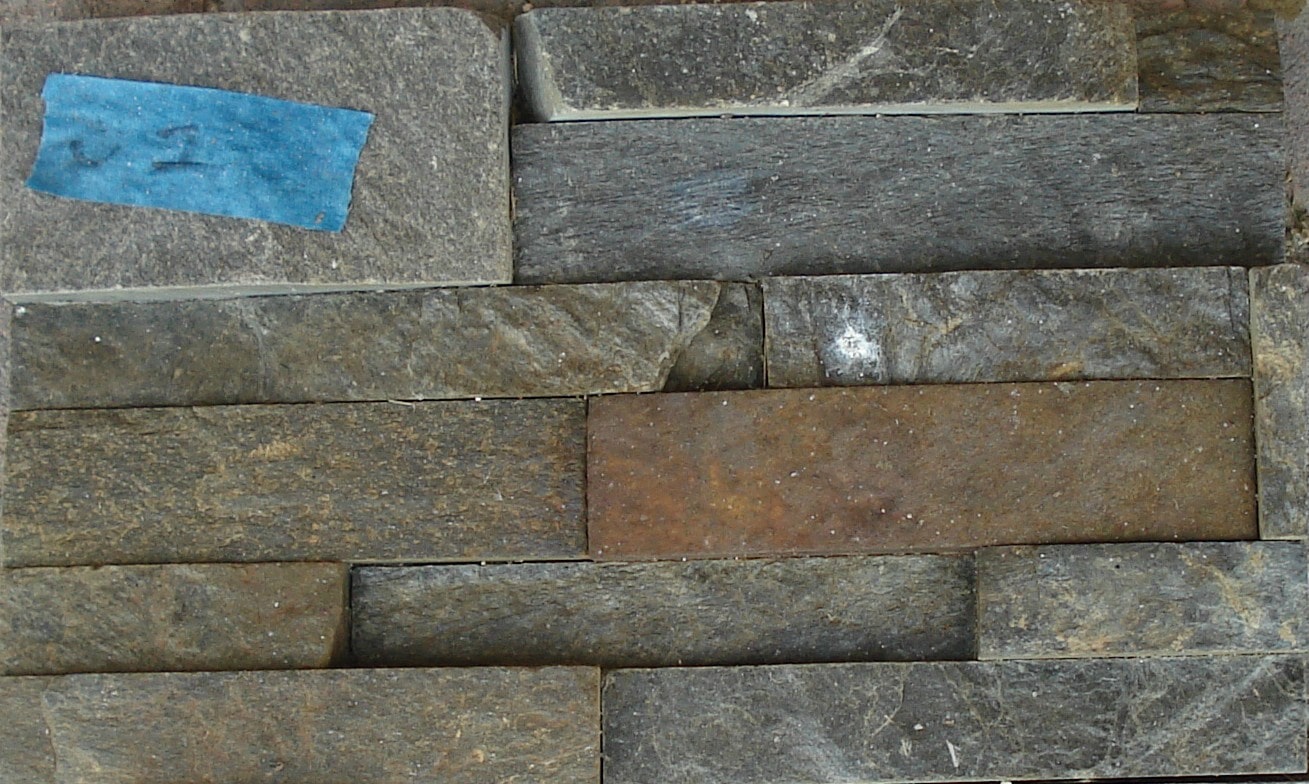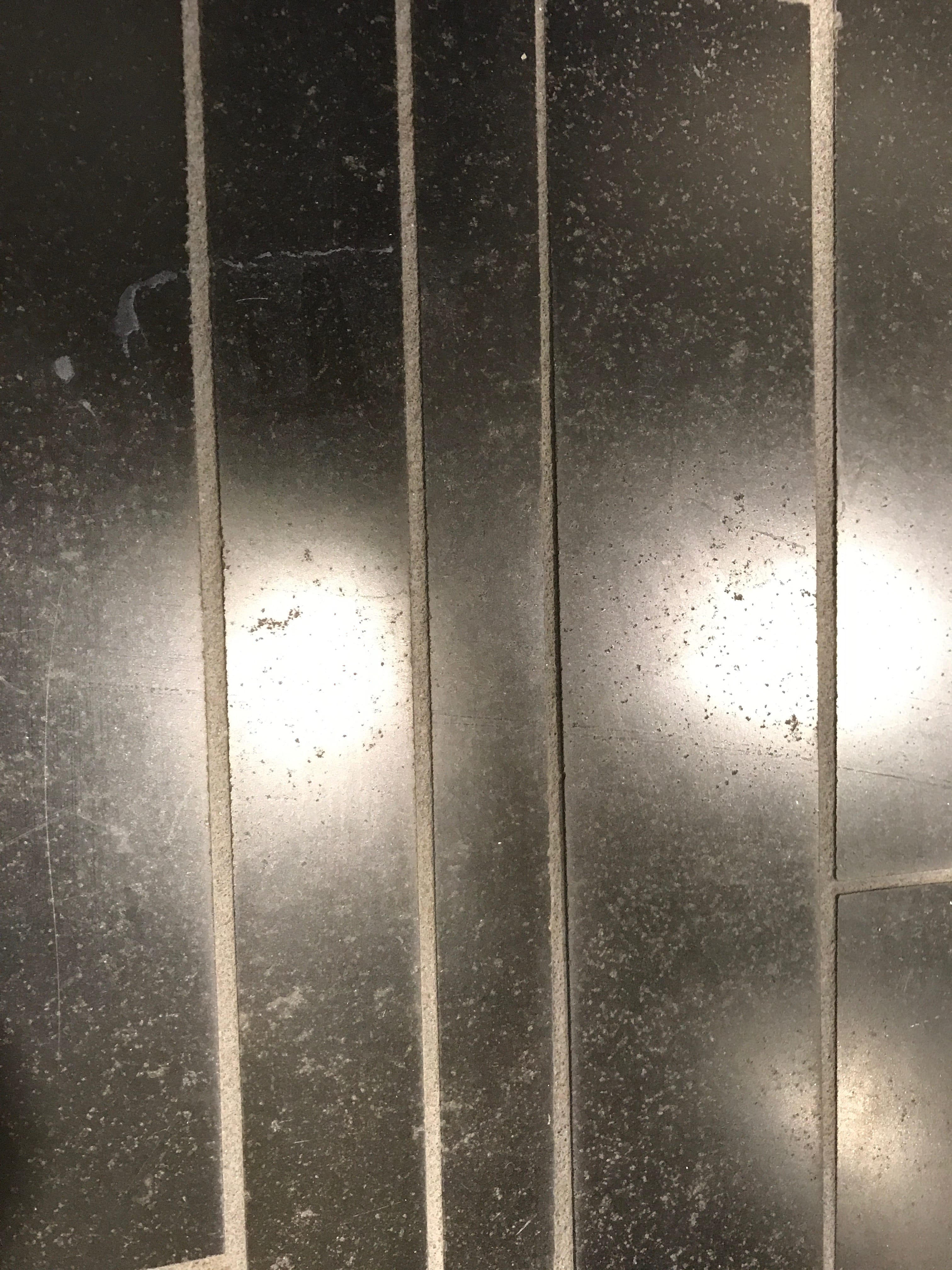Why Acid Should Not Be Used to Clean Natural Stone
If you’re familiar with our installation guide you’ll know that one of the few things we highlight in red type is that our natural stone products should not be cleaned with any form of acidic solution. In the tile world, diluted acid is commonly used in the initial clean up after an installation as it’s an effective cleaner for porcelain and ceramic tiles, quickly removing thinset as well as any other grime that a tile might catch during installation. However, many natural stone products are much more sensitive to acid and using acid to clean some natural stone products can result in a variety of different issues. Let’s take a look at two of the most common negative results of cleaning natural stone with acid, oxidation and surface etching.
Oxidation in the natural stone world is most often caused when something catalyzes a reaction with iron content in stone and the result is a rust like bloom across the stone. Lots of different types of natural stones, including many used for building materials, have varying levels of iron content in them, but generally speaking there’s no major concern about the stone rusting out because a significant amount of catalyst would be needed to start a reaction. Unfortunately, muriatic acid, which is the most common acid used in the tile industry for cleaning is a really strong acid and can catalyze an oxidation reaction with no problem. Several years ago we tested the effects on our rock panel products of different types of acid, ranging from everyday household acid based cleaners to undiluted muriatic acid. All of them resulted in some form of oxidation to the stone, with the stronger the acid the more oxidation was created. The photo below shows the effect of muriatic acid on a test piece of our Charcoal Rock Panel.

The other common negative result of combining acid with natural stone is surface etching. Since natural stone products, particularly tiles, come in a variety of different finishes, surface etching can take on a variety of different visual outcomes. On a more highly polished or honed finish, the acid will tend to dull out the color of the stone visually, and if you’re able to take a look up close at the finish the once smooth surface will have significant surface marks and divots. The photo below shows some of our Lynia tile in the Ebony Basalt color that has been washed with acid based commercial cleaning chemicals for several years – what was once a smooth to the touch almost glassy finish to the stone is now significantly pockmarked.

Natural stone that has a more textured finish from the start, such as the natural cleft finish of our stacked stone rock panels, can also be negatively impacted by surface etching of acid on the face of the stone. While each stone is different, most often we see acid surface etch this type of finish to a very fine pumice like consistency, eating away the natural cleavage plans of the stone.
The solution for dealing with the effects of acid on natural stone vary as well. Most oxidation situations can be cleaned through a variety of different stone specific cleaning products and techniques. The stone is then often sealed for protection against future oxidation blooms. Surface etching is a much more damaging result of acid interaction with natural stone. Depending on the type of and finish of the original stone, it might be possible to refinish the damaged stone in place, however many surface etching problems also result in tear down and re-installations.
If you have any questions, whether its for our Norstone products or any other natural stone products, feel free to give our expert tech services team a call or send us an email and we’re happy to share our knowledge and offer any suggestions. And remember, whenever you’re working with natural stone – lay off the acid!
.png)



